- Home
- Tanya Huff
3 Blood Lines Page 2
3 Blood Lines Read online
Page 2
“Maybe you’re being possessed.” She nodded at the crate.
He snorted again. “Maybe the Board of Directors has been trying to contact me.” Glancing around, he scowled at the rest of his staff. “Don’t you lot have anything better to do than stand around watching a wooden box come off a truck?”
Only the newest grad student looked nervous, the others merely grinned and collectively shook their heads.
Dr. Rax grinned as well; he couldn’t help himself. He was exhausted and badly in need of something more sustaining than the coffee and fast food they’d consumed at every stop between Halifax and Toronto, but he’d also never felt this elated. This artifact had the potential to put the Royal Ontario Museum, already an internationally respected institution, on the scientific map and everyone in the room knew it. “As much as I’d like to believe that all this excitement is directed at my return, I know damned well it isn’t.” No one bothered to protest. “And as you can now see there’s nothing to see, why don’t the lot of you head back up to the workroom where we can all jump about and enthuse in the privacy of our own department?”
Behind him, Dr. Shane added her own silent but emphatic endorsement to that suggestion.
It took more than a few last, lingering looks at the crate, but, finally, Receiving emptied.
“I suppose the whole building knows what we’ve got?” Dr. Rax asked as he and Dr. Shane followed the crate and the preparators onto the freight elevator.
Dr. Shane shook her head. “Surprisingly enough, considering the way gossip usually travels in this rabbit warren, no. All of our people have been very closemouthed.” Dark brows drew down. “Just in case.” Just in case it does turn out to be empty, the less people know, the less our professional reputations will suffer. There hasn’t been a new mummy uncovered in decades.
Dr. Rax chose to ignore the subtext. “So Von Thome doesn’t know?” While the Department of Egyptology didn’t really resent the Far East’s beautiful new temple wing, they did resent its curator’s more-antiquarian-than-thou attitude concerning it.
“If he does,” Dr. Shane said emphatically, “he hasn’t heard about it from us.”
As one, the two Egyptologists turned to the preparators who worked, not just for them, but for the museum at large.
One hand resting lightly on the top of the crate, Karen Lahey drew herself up to her full height. “Well he hasn’t heard about it from us. Not after accusing us of creating a nonexistent crack in that porcelain Buddha.”
Her companion grunted agreement.
The freight elevator stopped on five, the doors opened, and Dr. Van Thorne beamed genially in at them.
“So, you’re back from your shopping trip, Elias. Pick up anything interesting?”
Dr. Rax managed a not very polite smile. “Just the usual sorts of things, Alex.”
Stepping nimbly out of the way as the preparators rolled the crate from the elevator, Dr. Von Thome patted the wood as it passed; a kind of careless benediction. “Ah,” he said. “More broken bits of pottery, eh?”
“Something like that.” Dr. Rax’s smile had begun to show more teeth. Dr. Shane grabbed his arm and propelled him down the hall.
“We’ve just received a new Buddha,” the curator of the Far East Department called after them. “Second century BC. A beautiful little thing in alabaster and jade without a mark on it. You must come and see it soon.”
“Soon,” Dr. Shane agreed, her hand still firmly holding her superior’s arm. Not until they were Almost at the workroom did she let go.
“A new Buddha,” he muttered, flexing his arm and watching the preparators maneuver the crate through the double doors of the workroom. “Of what historical significance is that? People are still worshiping Buddha. Just wait, just wait until we get this sarcophagus open and we’ll wipe that smug temple-dog smile off his face.”
As the doors of the workroom swung closed behind him, the weight of responsibility for the sarcophagus lifted off his shoulders. There was still a lot to do, and any number of things that could yet go wrong, but the journey at least had been safely completed. He felt like a modem day Anubis, escorting the dead to eternal life in the Underworld, and wondered how the ancient god had managed to bear such an exhausting burden.
He rested both hands on the crate, aware through the wood and the packing and the stone and whatever interior coffin the stone concealed, of the body that lay at its heart. “We’re here,” he told it softly. “Welcome home.”
The ka that had been so constant was now joined by others. He could feel them outside the binding, calling, being, driving him into a frenzy with their nearness and their inaccessibility. If he could only remember . . .
And then, suddenly, the surrounding ka began to fade. Near panic, he reached for the one he knew and felt it moving away. He hung onto it as long as he could, then he hung onto the sense of it, then the memory.
Not alone. Please, not alone again.
When it returned, he would have wept if he’d remembered how.
Refreshed by a shower and a good night’s sleep plagued by nothing more than a vague sense of loss, Dr. Rax stared down at the sarcophagus. It had been cataloged—measured, described, given the card number 991.862.1—and now existed as an official possession of the Royal Ontario Museum. The time had come.
“Is the video camera ready?” he asked pulling on a pair of new cotton gloves.
“Ready, Doctor.” Doris Bercarich, who took care of most of the departmental photography, squinted through the view finder. She’d already taken two films of still photography—one black and white, one color—and her camera now hung around the neck of the more mechanically competent of the two grad students. He’d continue to take photographs while she shot tape. If she had anything to say about it, and she did, this was going to be one well documented mummy.
“Ready, Dr. Shane?”
“Ready, Dr. Rax.” She tugged at the cuffs of her gloves, then picked up the sterile cotton pad that would catch the removed seal. “You can start any time.’
He nodded, took a deep breath, and knelt. With the sterile pad in place, he slid the flexible blade of the palette knife behind the seal and carefully worked at the centuries old clay. Although his hands were sure, his stomach tied itself in knots, tighter and tighter as the seconds passed and his fear grew that the seal, in spite of the preservatives, could be removed only as a featureless handful of red clay. While he worked, he kept up a low-voiced commentary of the physical sensations he was receiving through the handle of the knife.
Then he felt something give and a hairline crack appeared diagonally across the outer surface of the seal.
For a heartbeat the only sound in the room was the soft whir of the video camera.
A heartbeat later, the seal, broken cleanly in two, halves held in place by the preservative, lay on the cotton pad.
As one, the Department of Egyptology remembered how to breathe.
He felt the seal break, heard the fracture resonate throughout the ages.
He remembered who he was. What he was. What they had done to him.
He remembered anger.
He drew on the anger for strength, then he threw himself against his bonds. Too much of the spell remained; he was now aware but still as bound as he had been. His ka howled in silent frustration.
I will be free!
“Soon,” came the quiet answer. “Soon.”
It took the rest of the day to clear the mortar. In spite of mounting paperwork, Dr. Rax remained in the workroom.
“Well, whatever they sealed up in here, they certainly didn’t make it easy to get to.” Dr. Shane straightened, one hand rubbing the small of her back. “You’re sure that his lordship had no idea of where the venerable ancestor picked this up?”
Dr. Rax ran one finger along the joint. “No, none.” He had expected to be elated once work finally began but he found he was only impatient. Everything moved so slowly—a fact he was well aware of and shouldn’t even be considering
as a problem. He scrubbed at his eyes and tried to banish the disquieting vision of taking a sledge to the stone.
Dr. Shane sighed and bent back to the mortar. “What I wouldn’t give for some contextual information.”
“We’ll know everything we need to when we get the sarcophagus open.”
She glanced up at him, one raised brow disappearing under a curl of dark hair. “You seem very sure of that.”
“I am.” And he was, very sure. In fact he knew that they would have all the answers they needed when the sarcophagus was finally opened although he had no idea where that knowledge came from. He wiped suddenly sweaty palms on his trousers. No idea . . .
By the time they finished removing the mortar, it was too late to do any further work that day—or more exactly, that night. They would see what their stone box contained in the morning.
That night, Dr. Rax dreamed of a griffinlike animal with the body of an antelope and the head of a bird. It peered down at him with too-bright eyes and laughed. He got up, barely rested, at dawn and was at the museum hours before the rest of the department arrived. He intended to avoid the workroom, to use the extra time for the administrative paperwork that threatened to bury his desk, but his key was in the lock and his hand was pushing open the door before his conscious mind registered the action.
“I almost did it,” he said as Dr. Shane came in some time later. He was sitting in an orange plastic chair, hands clasped so tightly that the knuckles were white.
She didn’t have to ask what he meant. “Good thing you’re too much of a scientist to give way to impulse,” she told him lightly, privately thinking that he looked like shit. “As soon as the others get here, we’ll get this over with.”
“Over with,” he echoed.
Dr. Shane frowned, then shook her head, deciding not to speak. After all, what could she say? That just for a moment the Curator of the Department of Egyptology had neither sounded nor looked like himself? Maybe he wasn’t the only one not getting enough sleep.
Five hours and seven rolls of film later, the inner coffin lay on padded wooden supports, free of its encasing stone for the first time in millennia.
“Well,” Dr. Shane frowned down at the painted wood, “that’s the damnedest thing I’ve ever seen.”
The rest of the department nodded in agreement; except for Dr. Rax who fought not to step forward and throw off the lid.
The coffin was anthropomorphic but only vaguely. There were no features either carved into or painted on the wood, nor any symbols of Anubis or Osiris as might be expected. Instead, a mighty serpent coiled its length around the coffin, its head, marked with the cartouche of Thoth, resting above the breast of the mummy. At the head of the coffin was a representation of Setu, a minor god who stood guard in the tenth hour of Tuat, the underworld, and used a javelin to help Ra slay his enemies. At the foot of the coffin was a representation of Shemerthi, identical in all ways to the other guardian save that he used a bow. Small snakes, coiled and watchful, filled in the spaces that the great serpent left bare.
In Egyptian mythology, serpents were the guardians of the underworld.
As a work of art, it was beautiful; the colors so rich and vibrant that the artist might have finished work three hours instead of three millennia ago. As a window on history, the glass was cloudy at best.
“If I have to hazard a guess,” Dr. Shane said thoughtfully, “I’d say, based on the cartouche and the workmanship, that this is Eighteenth Dynasty, not Sixteenth. In spite of the sarcophagus.”
Dr. Rax had to agree with her even though he seemed incapable of forming a coherent observation of his own.
It took them the rest of the day to photograph it, catalog it, and remove the seal of cedar gum that held the lid tightly in place.
“Why this stuff hasn’t dried to a nice, easily removable powder, I have no idea.” Dr. Shane shook the kinks out of one stiff leg, and then the other. This had been the second day she’d spent mostly on her knees and, while it was a favored position of archaeologists, she’d never been a great believer in crippling herself for science.
“It looks,” she added slowly, her hand stretching out but not quite touching one of the small serpents, “like something interred in this coffin was not supposed to get out.”
One of the graduate students laughed, a high-pitched giggle quickly cut off.
“Open it,” Dr. Rax commanded, through lips suddenly dry.
In the silence that followed, the soft whir of the video camera sounded intrusively loud.
Dr. Rax was not completely unaware of his subordinates’ shocked glances, both at each other and at him. He spread his hands and managed a smile. “Will any of us sleep tonight if we don’t?”
Will any of us sleep tonight if we do? Dr. Shane found herself thinking, and wondered where the thought came from. “It’s late. We’ve all been working hard and now we’ve got a whole weekend ahead of us; why don’t we start fresh on Monday.”
“We’ll only lift the lid.” He was using the voice he used to get funds out of the museum board, guaranteed to charm. Dr. Shane didn’t appreciate it being used on her. “And I think all that hard work deserves a look inside.”
“What about Xrays?”
“Later.” He pulled on a clean pair of gloves as he spoke, the action serving to hide the trembling of his hands. “As the handles that were used to lower the lid into place appear to have been removed, I will take the head. Ray,” he motioned to the largest of the researchers, “you will take the feet.”
It could have stopped there, but when it came down to it, they were all anxious to see what the artifact held. As the assistant curator offered no further objections, Ray shrugged, pulled on a pair of gloves, and went to his place.
“On three. One, two, three!”
The lid lifted cleanly, heavier than it looked.
“Ahhh.” The sound came involuntarily from half a dozen throats. Placing the lid carefully on another padded trestle, Dr. Rax, heart slamming painfully against his ribs, turned to see what might lie revealed.
The mummy lay thickly swathed in ancient linen and the smell of cedar was almost overpowering—the inside of the casket had been lined with the aromatic wood. Someone sneezed although no one noticed who. A long strip of fabric, closely covered in scarlet hieroglyphs was wrapped around the body following the path the serpent had taken around the coffin. The mummy wore no death mask, but features were visible in relief through the cloth.
The dry air of Egypt was good to the dead, preserving them for the future to study by leeching all the moisture from even protected tissue. Embalming was only the first step and, as sites that predated the pharaohs proved, not even the most necessary one.
Desiccated was the only word to describe the face beneath the linen, although other, more flattering words might have been used once, for the cheekbones were high and sharp, the chin determined, and the overall impression one of strength.
Dr. Rax let out a long breath he hadn’t been aware of holding and the tension visibly left his shoulders.
“You were expecting maybe Bela Lugosi?” Dr. Shane asked dryly, pitched for his ears alone. The look he turned on her—half horror, half exhaustion—made her regret the words almost instantly. “Can we go home now?” she asked in a tone deliberately light. “Or did you want to cram another two years of research into this evening?”
He did. He saw his hand reach out and hover over the strip of hieroglyphs. He snatched it back.
“Pack it up,” he said, straightening, forcing his voice to show no sign of how he had to fight to form the words. “We’ll deal with it Monday.” Then he turned and, before he could change his mind, strode from the workroom.
He would have laughed aloud had it been possible, unable to contain the rush of exaltation. His body might still be bound, but with the opening of his prison his ka was free.
Free . . . freed . . . feed.
Two
“My name is Ozymandias, King of Kings: Look on my works
, ye Mighty, and despair!”
Detective-Sergeant Michael Celluci frowned at his companion. “What the hell are you babbling about?”
“Babbling? I was not babbling. I was ruminating on the monuments that man builds to man.” Pushing her glasses securely into place, Vicki Nelson bent, stiff-legged, and laid both palms against the concrete at her feet.
Celluci snorted at this blatant display of flexibility—obviously intended to remind him of his limitations—tilted his head back and gazed up the side of the CN Tower. From their position at its base, foreshortening made it appear simultaneously infinite and squat, the radio antennae that extended its height, hidden behind the bulge of the restaurants and observation deck. “Cows ruminate,” he grunted. “And I assume you mean man in the racial sense rather than the genetic.”
Vicki shrugged, the motion almost lost in her position. “Maybe.” She straightened and grinned. “But they don’t call it the world’s tallest free-standing phallic symbol for nothing.”
“Dream on.” He sighed as she grasped her left ankle and lifted the leg up until it rose into the air at a better than forty-five-degree angle. “And quit showing off. You ready to climb this thing yet?”
“Just waiting for you to finish warming up.”
Celluci smiled. “Then get ready to eat my dust.”
A number of charitable organizations used the one thousand, seven hundred and ninety steps of the CN Tower as a means of raising money, climbers collecting pledges per step from friends and business associates. The Heart Fund was sponsoring the current climb; as well as a starting time, both Vicki and Celluci had starting pulses measured.
“You’ll find the run pretty clear,” the volunteer told them as he wrote Vicki’s heart rate down on a slip of paper. “You’re like the six and seventh up and the others have been serious racers.”
“What makes you think we aren’t?” Celluci asked belligerently. With his last birthday, he’d started on the downhill run to forty and was finding himself a little sensitive about it.

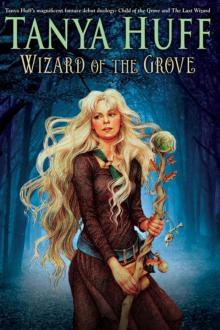 Child of the Grove
Child of the Grove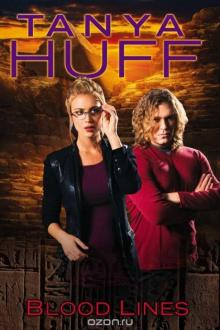 Blood Lines
Blood Lines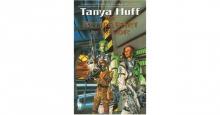 What Manner of Man
What Manner of Man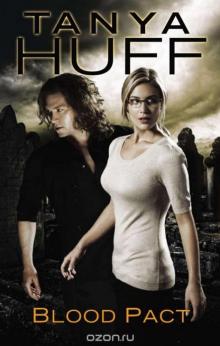 Blood Pact
Blood Pact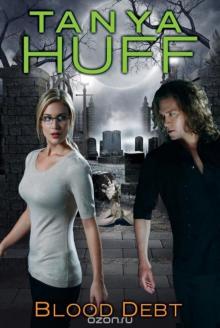 Blood Debt
Blood Debt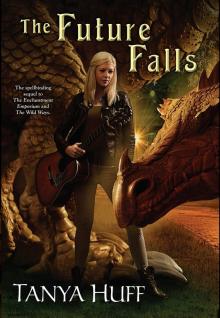 The Wild Ways
The Wild Ways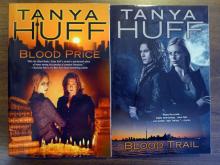 Blood Trail
Blood Trail Blood Shot
Blood Shot Wizard of the Grove
Wizard of the Grove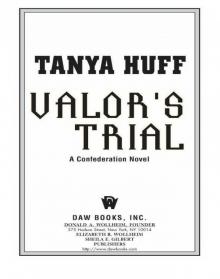 Valor's Trial
Valor's Trial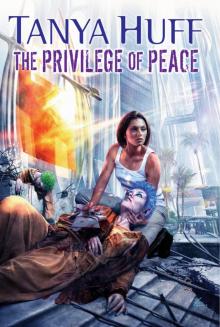 The Privilege of Peace
The Privilege of Peace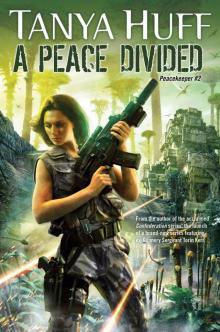 A Peace Divided
A Peace Divided Three Quarters
Three Quarters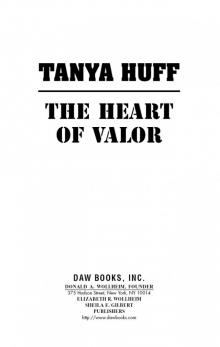 The Heart of Valor
The Heart of Valor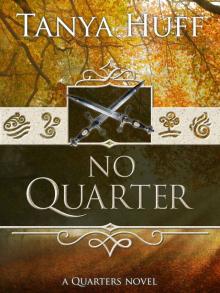 No Quarter
No Quarter The Demon's Den and Other Tales of Valdemar
The Demon's Den and Other Tales of Valdemar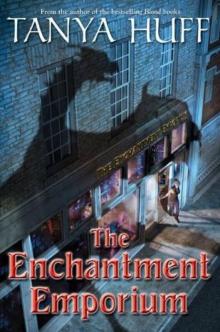 Enchantment Emporium
Enchantment Emporium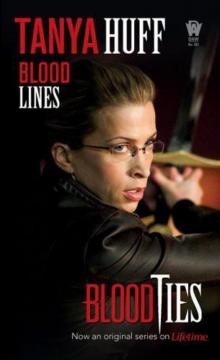 3 Blood Lines
3 Blood Lines The Heart of Valour
The Heart of Valour Smoke and Ashes
Smoke and Ashes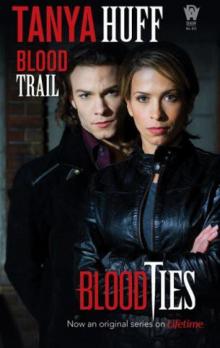 2 Blood Trail
2 Blood Trail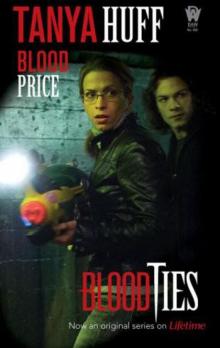 1 Blood Price
1 Blood Price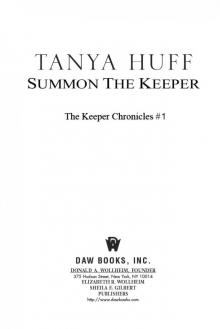 Summon the Keeper
Summon the Keeper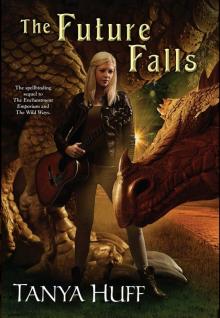 The Future Falls
The Future Falls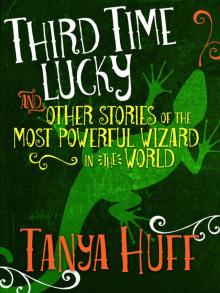 Third Time Lucky: And Other Stories of the Most Powerful Wizard in the World
Third Time Lucky: And Other Stories of the Most Powerful Wizard in the World The Second Summoning
The Second Summoning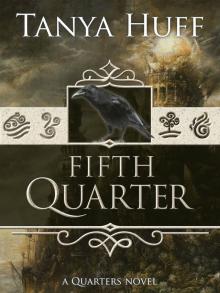 Fifth Quarter
Fifth Quarter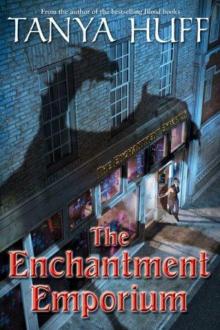 The Enchantment Emporium
The Enchantment Emporium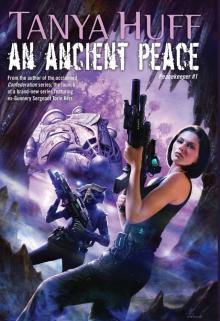 An Ancient Peace
An Ancient Peace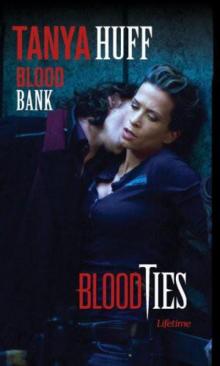 Blood Bank
Blood Bank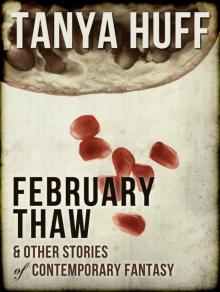 February Thaw
February Thaw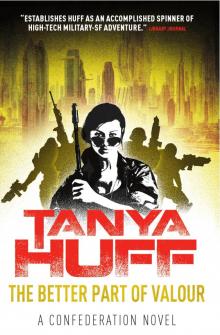 The Better Part of Valour
The Better Part of Valour The Silvered
The Silvered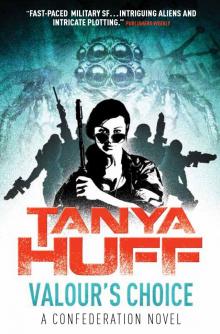 Valour's Choice
Valour's Choice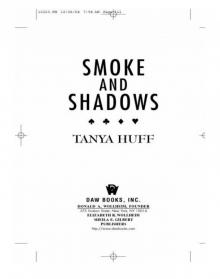 Smoke and Shadows
Smoke and Shadows Sing the Four Quarters
Sing the Four Quarters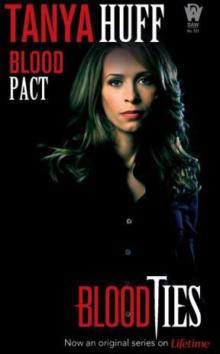 4 Blood Pact
4 Blood Pact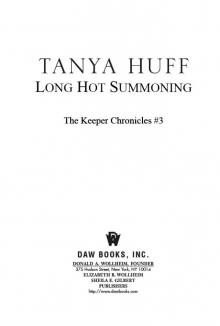 Long Hot Summoning
Long Hot Summoning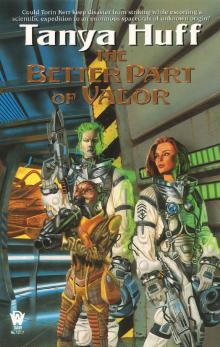 The Better Part of Valor
The Better Part of Valor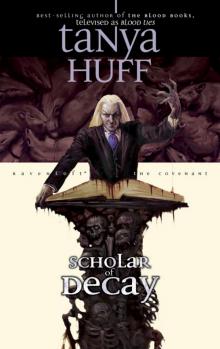 Scholar of Decay
Scholar of Decay He Said, Sidhe Said
He Said, Sidhe Said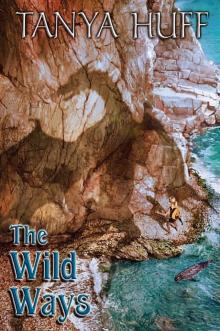 Wild Ways
Wild Ways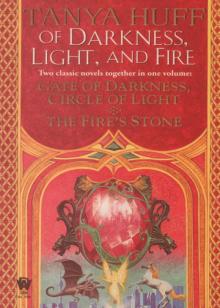 Gate of Darkness, Circle of Light
Gate of Darkness, Circle of Light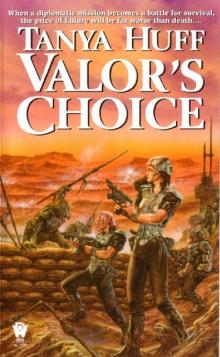 Valor's Choice
Valor's Choice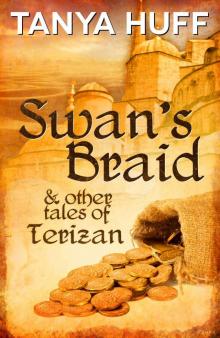 Swan's Braid and Other Tales of Terizan
Swan's Braid and Other Tales of Terizan